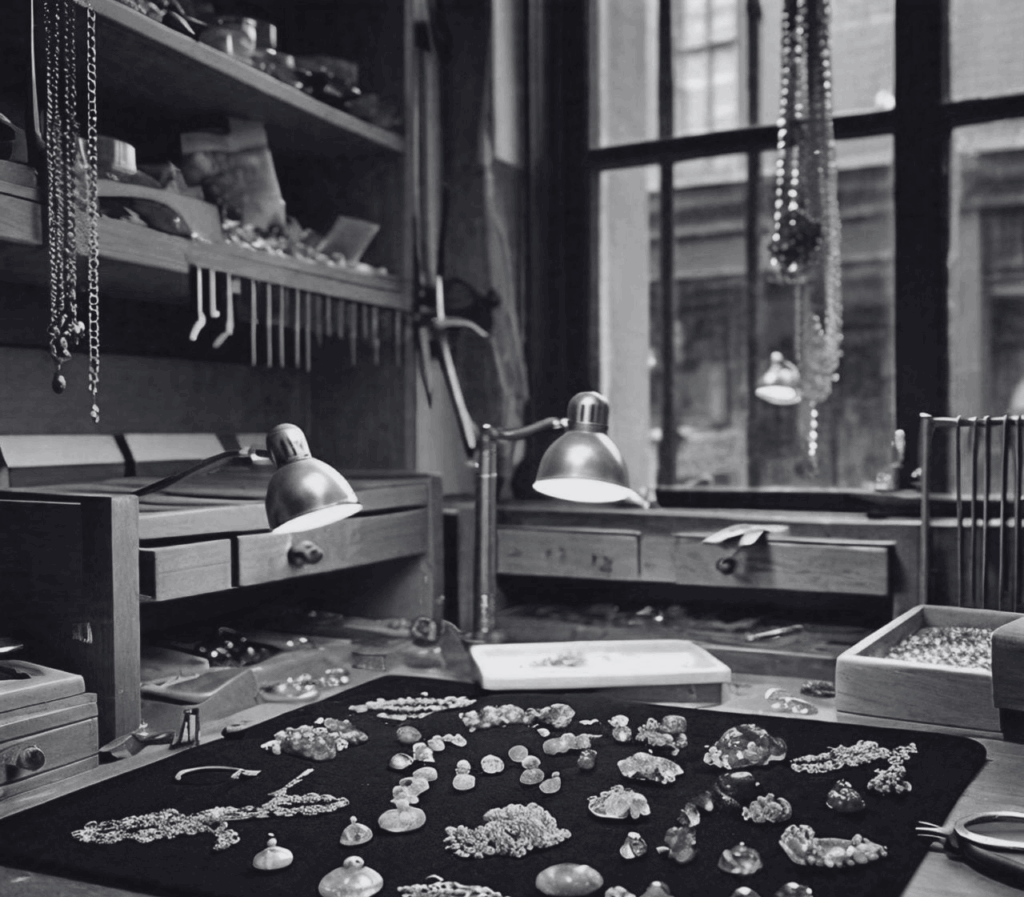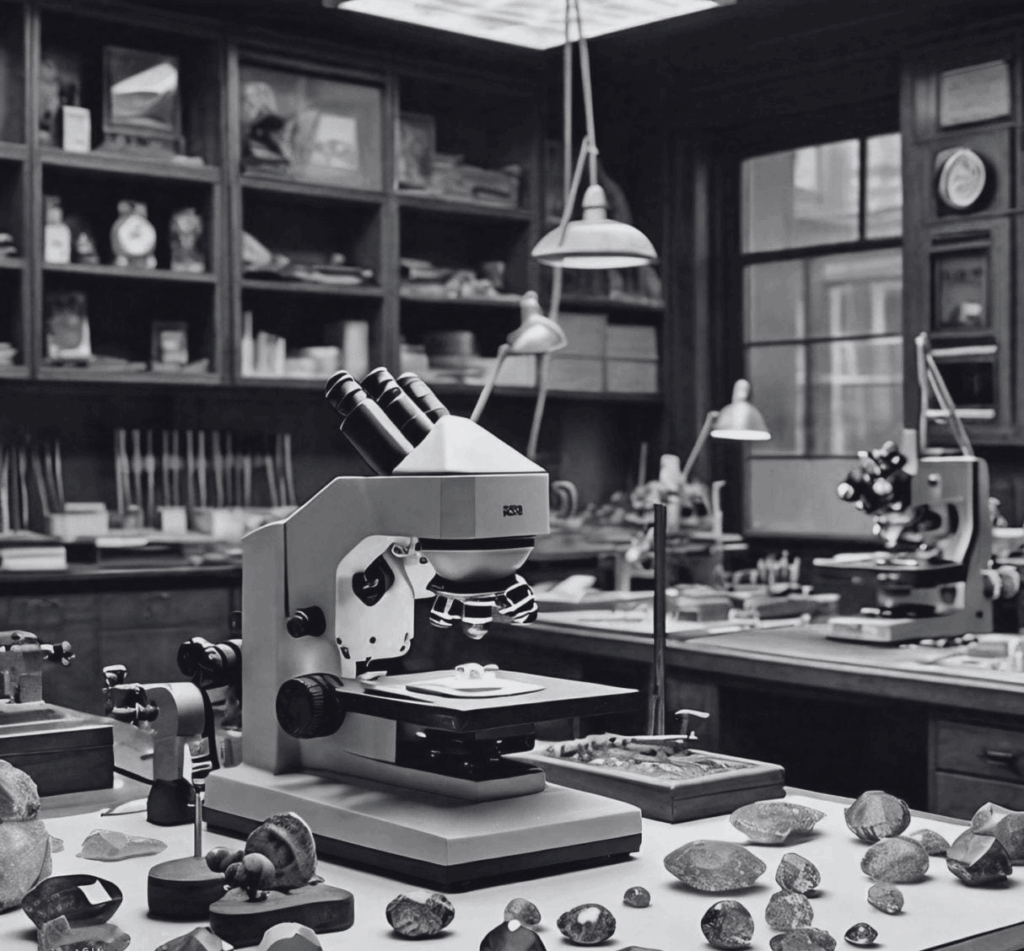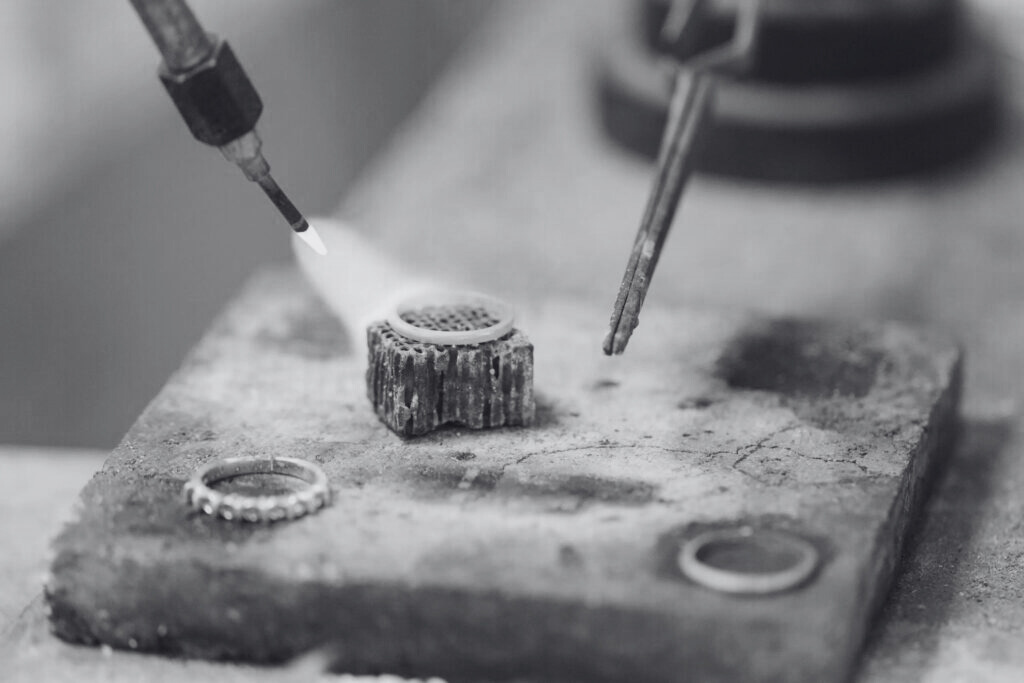The Art and Science Behind Fine Jewelry Design
Inspiration

Drawing from nature, history, or contemporary trends. Most jewelry artists pay attention to history, nature, and contemporary trends to create a well-designed piece of jewelry. This is a primary step.
Techniques

Utilizing sketching, CAD, and 3D modeling tools like blender, to translate ideas into tangible designs. After getting the design idea, the next step is to develop the design.
Material Selection

Considering the properties of metals and gemstones for both aesthetic and functional purposes.
Metals, such as gold, silver, platinum, and titanium, form the backbone of jewelry crafting. Each metal possesses unique properties that contribute to its functionality and aesthetic appeal. Gold, revered for its timeless allure and malleability, serves as a canvas for showcasing gemstones while maintaining its structural integrity. Silver, with its brilliant shine and affordability, complements gemstones beautifully, offering a classic touch to the design. Gemstones, on the other hand, add a touch of color, sparkle, and symbolism to jewelry pieces. In conclusion, the combination of metals and gemstones represents the epitome of beauty, craftsmanship, and functionality in jewelry design.
Gemology

Understanding the scientific characteristics and properties of gemstones is critical to making informed design decisions in jewelry making or any other field where gemstones are used. Chemical composition, crystal structure, optical properties, physical properties, color, treatment and enhancement, Durability and wearability. These are some important scientific aspects that are very important.
Technical Considerations

Ensuring structural integrity, durability, and wearability of the jewelry.
Creating fine jewelry involves a delicate balance of art and engineering. While the aesthetics of a piece often steal the spotlight, structural integrity, durability and wearability are just as important considerations. Design and construction, advanced technologies, finishing touches, selection of components and quality assurance These factors not only ensure the longevity of the jewelry but also enhance the wearer’s experience.
Engineering Principles
Applying principles to create pieces that are not only beautiful but also functional and comfortable to wear.
In the world of jewelry design, the amalgamation of engineering principles with artistic creativity is essential to crafting pieces that not only dazzle the eye but also stand the test of time in terms of functionality and comfort. In the depth of this Material selection, design and ergonomics, structural integrity, functionality and quality assurance are the principles that are critical to creating high-end jewelry.
Craftsmanship

Meticulous execution of techniques such as stone setting, metalwork, and polishing by skilled artisans.
The craftsmanship is a testament to the skill, dedication and passion of the artisans who carefully execute techniques such as stone setting, metalworking and polishing to create exquisite pieces of jewelry. In jewelry making, craftsmanship is not just a process but an art that breathes life into every creation. But it requires experience and creativity.
Quality Control

Implementing measures to uphold the highest standards of excellence in the finished pieces.
The art of jewelry making requires precision, attention to detail, and a commitment to excellence. Raw material inspection, design review, manufacturing standards, quality check points, testing and certification, packaging and shipping, employee training, continuous improvement. To ensure the highest quality finished pieces, a well-trained jewelry maker always pays attention to these points.
Artistic Arrangement

Careful arrangement of elements to create visually stunning and cohesive designs. Jewelry arranging is an art form that requires consideration of balance, proportion, emphasis, unity, contrast, harmony, movement, and focus. By applying these principles, jewelry designers can create pieces that are not only beautiful but also visually appealing and cohesive, making them true works of art.
Endurance and Timelessness

Creating pieces that captivate the imagination and endure for generations.
Jewelry that stands the test of time requires a harmonious blend of craftsmanship, quality, and design excellence. To create pieces that captivate the imagination and endure for generations. to make a good quality jewelry, Craftsmanship, Quality Materials, Timeless Design, Emotional Connection,
Durability, Attention to Detail and Heritage these principles are very important.By embracing these principles, jewelry artisans can craft timeless masterpieces that become treasured family heirlooms, passed down through generations, and cherished forever.
